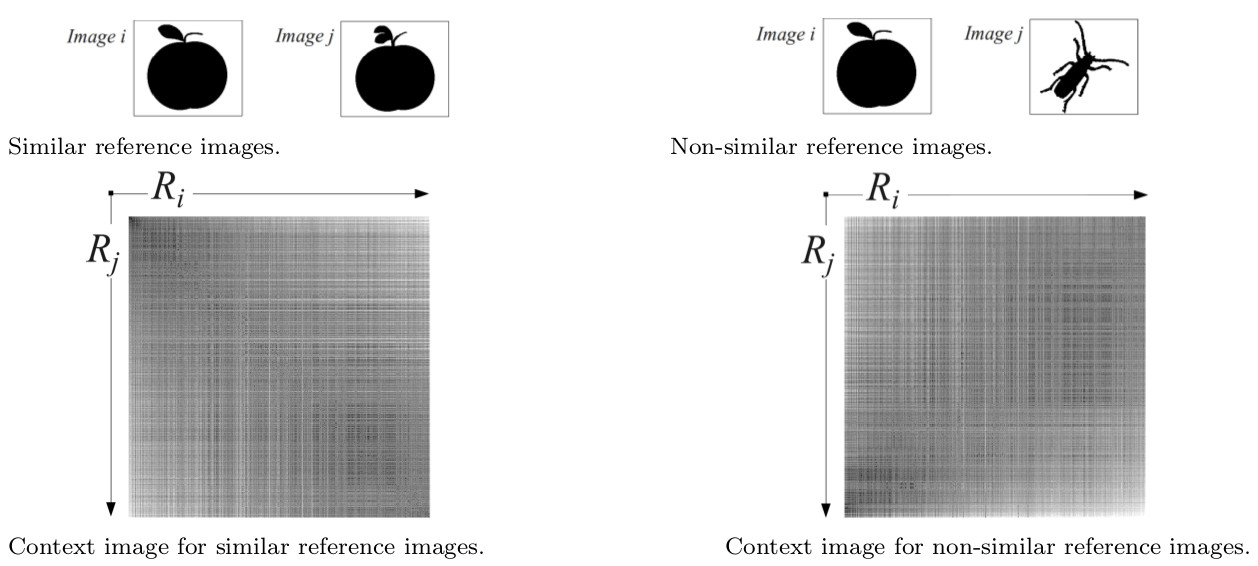Main Section
My Research at
- Currículo Lattes
- Google Scholar
- DBLP
- FAPESP
Unsupervised Learning
Others
Unsupervised Learning Methods
The development of CBIR systems has been mainly supported by the creation of various visual features and different distance measures.
However, more recently, research initiatives have focused on other stages of the retrieval process, which are not
directly related to low-level feature extraction procedures.
Diverse methods have been proposed in order to improve the effectiveness of distance measures in image retrieval tasks, withouth the need of any user intervention.
This page present some recent unsupervised learning methods for image retrieval and provide links for their corresponding papers.
An open-source implementation of the methods are available in the UDLF - Unsupervised Distance Learning Framework:
VALEM, L. P.; PEDRONETTE, D. C. G. . An Unsupervised Distance Learning Framework for Multimedia Retrieval. In: International Conference on Multimedia Retrieval (ICMR) (accepted), 2017.
[Pre-Print PDF] [Link to UDLF Site]
[Pre-Print PDF] [On-Line Publication] [Download of Code]
In this paper, we introduce a novel graph-based approach for iterative distance learning in shape retrieval tasks. The proposed method is based on the combination of graphs defined in terms of multiple ranked lists. Effectiveness analysis performed in three widely used shape datasets demonstrate that the proposed graph-based ranked-list model yields significant gains (up to +55.52%) when compared with the use of shape descriptors in isolation.

[Pre-Print PDF] [On-Line Publication]
PEDRONETTE, D. C. G.; TORRES, R. S. . Unsupervised Manifold Learning By Correlation Graph and Strongly Connected Components for Image Retrieval. In: IEEE International Conference on Image Processing (ICIP), 2014.
Selected among the 9 finalists for the Best Paper Award (from 1219 accepted).
[Pre-Print PDF] [On-Line Publication]
[Download of Code]
Effectively measuring the similarity among images is a challenging problem in image retrieval tasks due to the difficulty of considering the dataset manifold. This paper presents an unsupervised manifold learning algorithm that takes into account the intrinsic dataset geometry for defining a more effective distance among images. The dataset structure is modeled in terms of a Correlation Graph (CG) and analyzed using Strongly Connected Components (SCCs). While the Correlation Graph adjacency provides a precise but strict similarity relationship, the Strongly Connected Components analysis expands these relationships considering the dataset geometry.
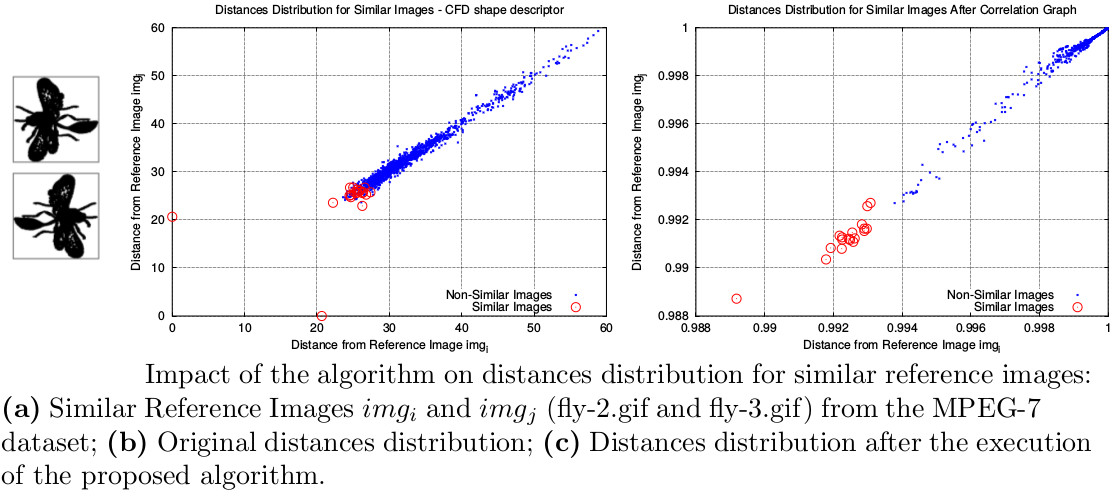
Best Paper Award.
[Pre-Print PDF] [On-Line Publication] [Download of Code]
Similarity learning approaches capable of improving the effectiveness of retrieval in an unsupervised way are indispensable. A novel method, called Cartesian Product of Ranking References (CPRR), is proposed with this objective in this paper. The proposed method uses Cartesian product operations based on rank information for exploiting the underlying structure of datasets. Only subsets of ranked lists are required, demanding low computational efforts.
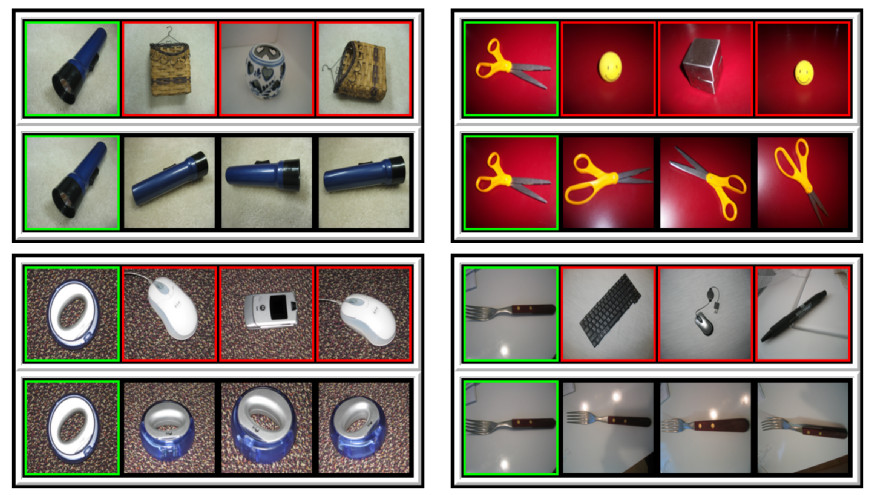
[Pre-Print PDF] [On-Line Publication] [Download of Code]
Various unsupervised learning methods have been proposed with significant improvements in the effectiveness of image search systems. However, despite the relevant effectiveness gains, these approaches commonly require high computation efforts, not addressing properly efficiency and scalability requirements. In this paper, we present a novel unsupervised learning approach for improving the effectiveness of image retrieval tasks. The proposed method is also scalable and efficient as it exploits parallel computing.
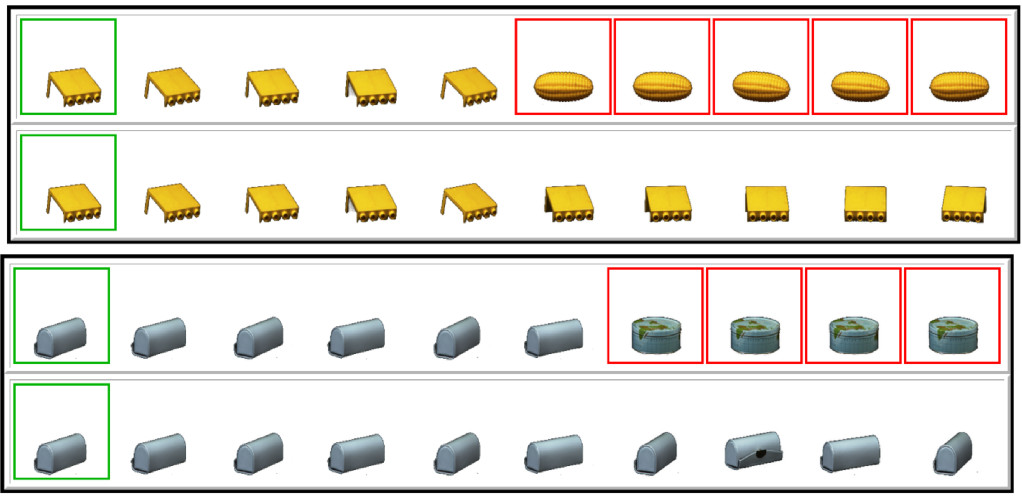
[Pre-Print PDF] [On-Line Publication] [Download of Code]
In this paper, we propose a Reciprocal kNN Graph algorithm that considers the relationships among ranked lists in the context of a k-reciprocal neighborhood. The similarity is propagated among neighbors considering the geometry of the dataset manifold. The proposed method can be used both for re-ranking and rank aggregation tasks.
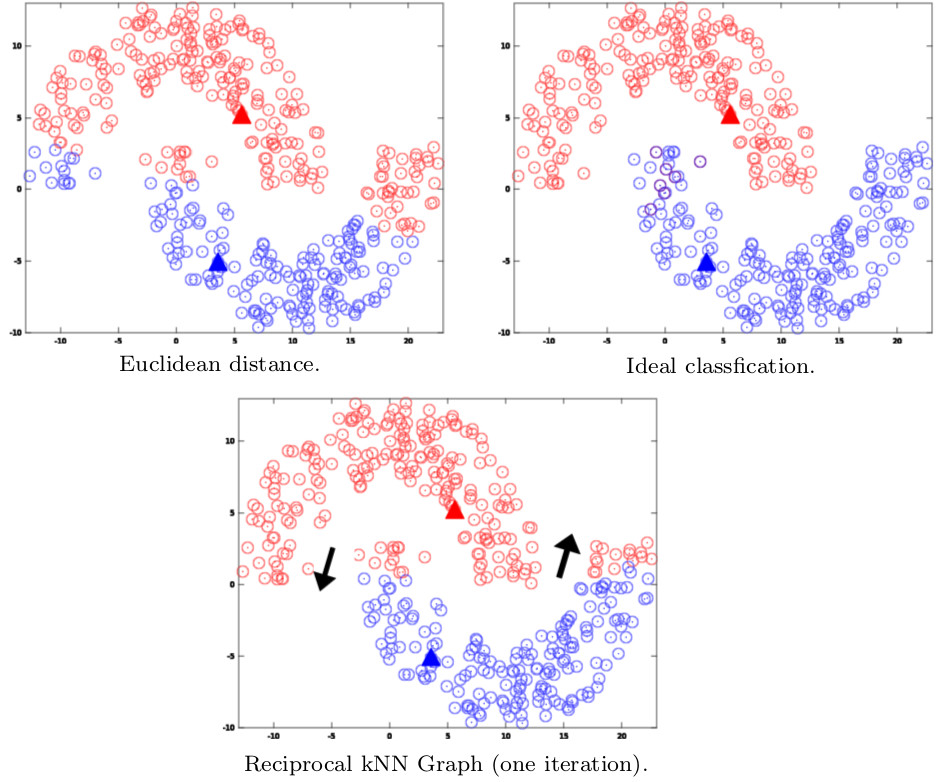
[Pre-Print PDF] [On-Line Publication]
OKADA, C. Y. ; PEDRONETTE, D. C. G. ; TORRES, R. S. . Unsupervised Distance Learning by Rank Correlation Measures for Image Retrieval. In: ACM International Conference on Multimedia Retrieval (ICMR), 2015
[Pre-Print PDF] [On-Line Publication]
[Download of Code]
In Content-based Image Retrieval (CBIR) systems, ranking accurately collection images is of great relevance. Users are interested in the returned images placed at the first positions, which usually are the most relevant ones. Collection images are ranked in redincreasing order of their distance to the query pattern (e.g., query image) defined by users. Therefore, the effectiveness of these systems is very dependent on the accuracy of the distance function adopted. In this paper, we present a novel context-based approach for redefining distances and later re-ranking images aiming to improve the effectiveness of CBIR systems. In our approach, distances among images are redefined based on the similarity of their ranked lists.
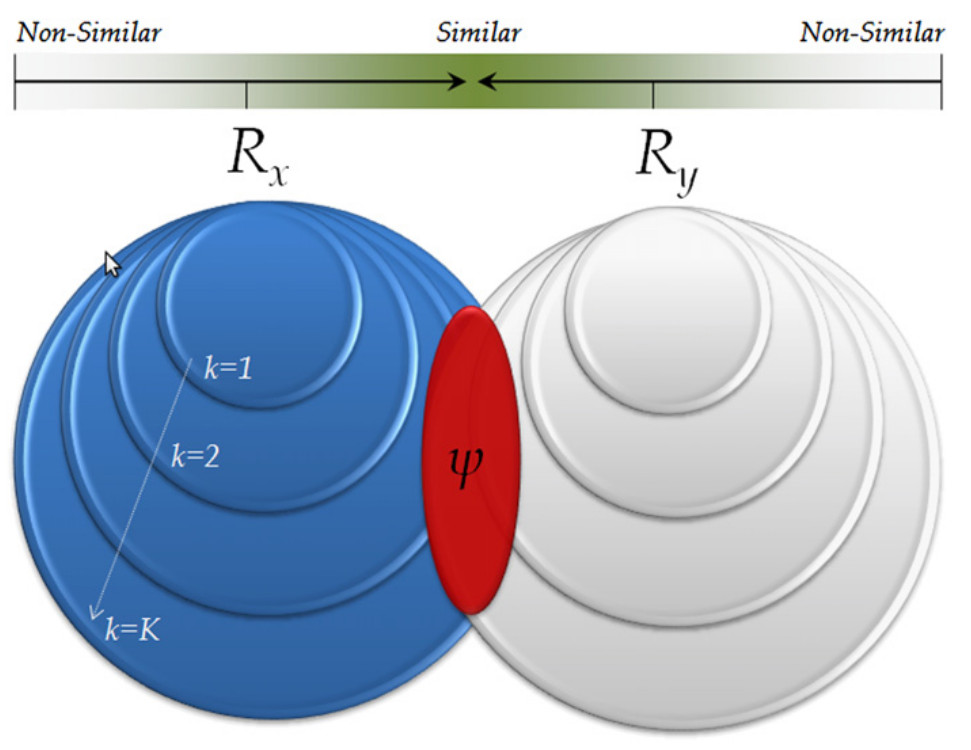
[Pre-Print PDF] [On-Line Publication] [Download of Code]
Content-based Image Retrieval (CBIR) systems aims to retrieve the most similar images in a col- lection, given a query image. Since users are interested in the returned images placed at the first positions of ranked lists (which usually are the most relevant ones), the effectiveness of these systems is very dependent on the accuracy of ranking approaches. This paper presents a novel re-ranking algorithm aiming to exploit contextual information for improving the effectiveness of rankings computed by CBIR systems. In our approach, ranked lists and distance scores are used to create context images, later used for retrieving contextual information.
